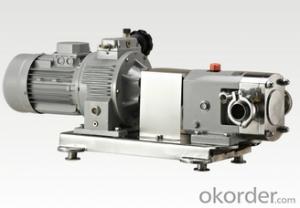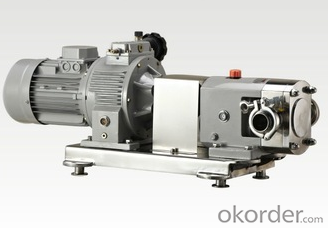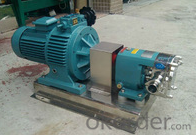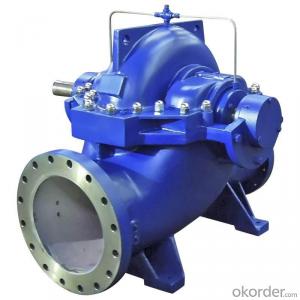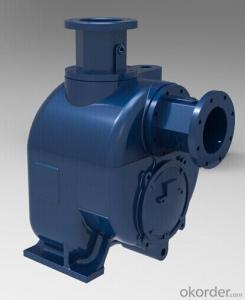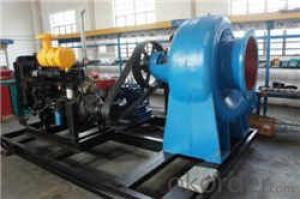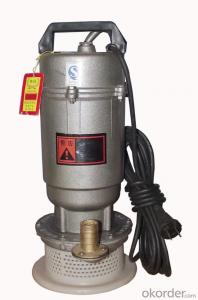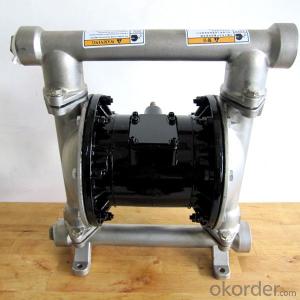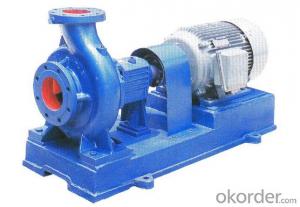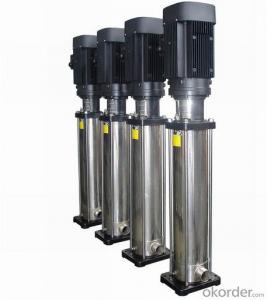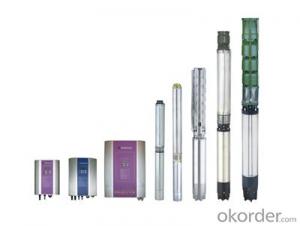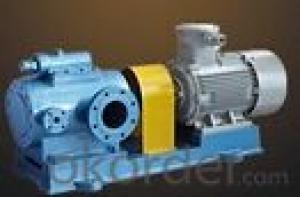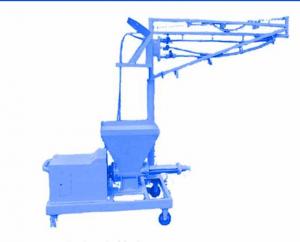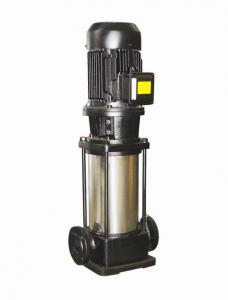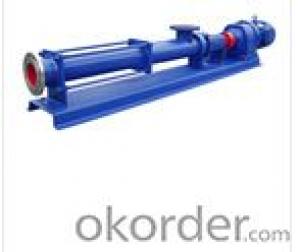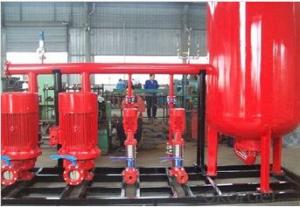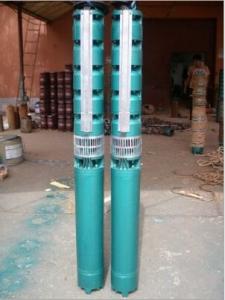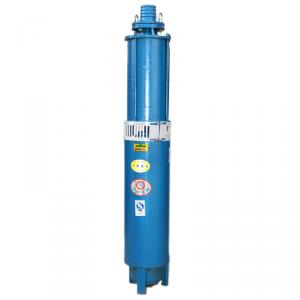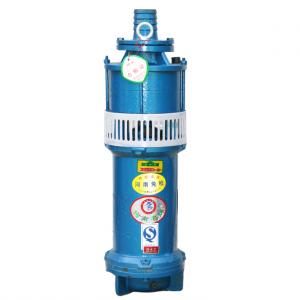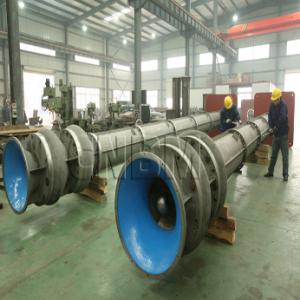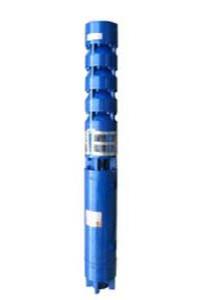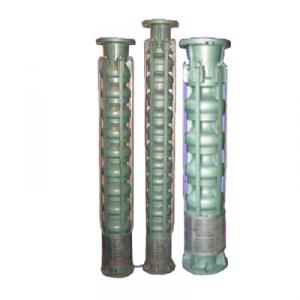Sanitary Lobe Rotor Pump for High Adhesive Materials
- Loading Port:
- Shanghai
- Payment Terms:
- TT OR LC
- Min Order Qty:
- 1 set
- Supply Capability:
- 1000 set/month
OKorder Service Pledge
OKorder Financial Service
You Might Also Like
Specifications
Rotary Pump is designed to transfer high adhesive materials, used widely in beverage,food,pharmacy,petrochemical industry
Rotary Pump is specially designed to transfer high adhesive materials or the materials with particles smoothly,suitable for sanitary and sterile condictions.
Used widely in:
Dairy products: yoghurt, fresh milk, ice cream, cheese and etc.
Beverage: beer, malt liquor, yeast, carbonated drinks, fruit condensed liquids, fruit juice drinks.
Foodstuff: tomato jam, fruit mash, vegetable mash, budding, jam, jelly, sauces, fruit stuffing, sweetening, yeast mash, salad dressing, pastry, meat mash, minced meat, cooking oil and net oil.
Sweets: syrup, thin cream stuffing, chocolate.
Cosmetics: facial creams, bathing fluids,hair styling flues, hair-dying material, essence oil
Pharmacy: pill paste, soak cream, emulsification fluid, electuary.
Chemical: fat, dissolvent, resin
sanitary rotor pump specification
| Product Name: | Sanitary lobe rotor pump |
| Configuration: | console, lockable mobile plate, mechanical avariable gearbox |
| Material: | SS304/SS316L/1.4301/1.4404 |
| Seal Material: | EPDM (Standard, FDA approval) |
| Max. Flow: | customized |
| Max.pressure: | 12bar/ 174PSI |
| Max. working temperature: | 150 C / 302 F |
| Max. rev: | 1450 rmp |
| Rotor Type: | 2-leaves, 3-leaves, butterfly, signal butterfly |
| Mechanical seal: | SIC/SiC/EPDM(Standard) |
| Motor power: | 0.75kw, 1.1kw, 1.5kw, 2.2kw, 3kw |
| Sealing option: | Sanitary single mechanical seal/Double mechanical seal with cooling system |
| Voltage: | 110V, 220V, 380V |
| Motor: | ABB, 50hz/ 60hz |
| Surface treatment: | Inner polished and Sandblast outside |
| Availably connection: | Clamp, Thread Butt weld, Flange |
| Availably standard: | DIN, SMS, 3A, RJT, ISO/IDF |
| Operated: | Electic |
| Certificate: | 3A/54-02 (1580), PED/97/23/EC, FDA.177.2600, ISO9001/2008 |
| Application scope: | Dairy, food, beverage, pharmacy, cosmetic, etc |
| Packaging Details: | Plywood case or customerized. Or as per the request of customers |
| Delivery details: | Usually within 20 days after receiving T/T down payment |
- Q: i have a 1993 chevy cavalier z24 3.1 what all do i need to do to get the water pump off and replace it
- I believe if you are looking at the motor the water pump will be to your left on top of the motor and to the front. Drain the radiator. There is a big smooth pulley that turns the water pump loosen the 4 10mm bolts, remove the belt the remove the bolts. Under the pulley there will be 5 or 6 8mm bolts remove those, make sure a drain pan is under the pump because there will be some residual coolant in the motor. Scrape the old gasket off of the engine block then reverse the procedures to install the new pump. Make sure you torque the pump to the proper specs so that the pump housing does not distort. You can pick up a Chiltons manual for that car a local parts store that can walk you through this in greater detail with pictures. Good Luck
- Q: Where is the water pump located on a 1993 mitsubishi eclipse with a 1.8 motor
- Your water pump would be located on the right hand side of the motor. It has the fan belt running on the pulley in front of it the top water hose is connected to it. I hope this has helped you out.
- Q: i wanna use a water pump to pump air...but im afraid that it might burn or sth....
- Probably not...give it a try.
- Q: I'm building a 79 SBC (old style) 350 and have a new stock water pump...what hose and where does it go from the top of the water pump to wherever? Heater hose? Or can I just leave it plugged. No A/C I just need a heater/defroster, etc...
- The hose runs from the pump to the heater core on the pass side firewall. There should be a hose that comes back out and connects to the top of the intake manifold to return the coolant back to the engine also.
- Q: The meter on my dash was reading low even after driving for 20 minutes on a sunny day. Then all of a sudden it jumped over the 270 mark. I have a relatively new thermostat could my water pump have gone bad? I did not see any leaking coolant or anything under the vehicle.
- Either the water pump... Or it could be the radiator that might not be performing as well.
- Q: What does the lift of a pump mean?
- The pump lifts water from the surface to the highest point, such as a submersible pump working below the surface of the water. The pump head is still applied to the water level, not the water pump.
- Q: Please specify the reason, the more detailed the better, the head is the pump 1N fluid on the work done, when the flow rate increases, the shaft power increases, but it does not necessarily have to do with the head of the relationship
- First of all, the power of the pump is determined by the motor. When the power is certain, work must be done. According to w=mgh, the flow determines mg, the head is h, you think, if the flow rate is large, is the head smaller?. This is theoretical, and at the same time, you see, the water pump characteristic curve can also see that the flow rate increases, the corresponding smaller head.
- Q: 1997 Chevy Cavalier, 2.2 engine. In the past 2 days I noticed that my temp gauge was reading a little higher than usual but not in the danger range. I checked and nedded to add coolant. Last night it started making a chattering or maybe klunking sound. As far as I could tell it was coming from the water pump but it stopped before I could get out of the car and look to see. Now the coolant is low again. Are these signs of the water pump being bad or could it be something else?
- If you don't see drip marks under your car when you come out in the morning or when it's parked, it's probably not the water pump. Either way, that coolant is going someplace. Might it be possible that you had the AC on when you heard the clunking sounds? When you have the AC on and the AC compressor comes on it puts an extra drain on the engine and makes a noticable change in the way the engine sounds. What I would do is find a way to get under the car with a flashlight and take a look around and see if anything is wet. I had a 1999 Chevy Tahoe and had all these same sort of things you are describing, so I climbed up under it and looked around and saw a drip around one of the seals on the water pump. For about three weeks I kept my eye on it and noticed the drip marks under my car. Eventually one day on a quick trip to the corner store, the pump finally went and and deluge of coolant came pouring out the bottom of my car. It could also just be a loose hose or a blown headgasket. Check your oil and see if you have any coolant in the oil (you'll be able to tell). If you do, take it to a garage ASAP or you'll be really screwed! Either way, if it's the pump you'll know it sooner or later when it blows out!
- Q: A water pump that consume 2kW of electric power when operating is claimedto take in water from a lake and pump it to a pool whose free surface is 30 m above the free surface of the lake at a rate of 50 L/s. Determine if this claim is reasonable.You have to show the minimum power required is 14.7 kWand i can't get it.
- A liter of water mas a mass of 1Kg. How much work must be done to raise 50 Kg of water through a height of 30 m? You can say: Work done (W) = potential energy gained (mgh), Or you can say that Work done is the weight force (mg) * the distance moved against the force (h) Either way, W = m * g * h where m is the mass; g is the acceleration due to gravity {9.8 m/s?}; h is the height W = 50 * 9.8 * 30 = 14700 J If you need to do that amount of work in one second, that's a rate of working of 14700 J/s A joule/second is a watt. Minimum power required = 14700 W = 14.7 kW
- Q: Pump performance parameters have three sets of data, how to understand the flow, lift, flow speed
- Mainly expressed the ability of the pump, mainly as a basis for selecting the pump users.Lift represents the performance of the pump to boost water pressure. Such as the pump head H=38 meters, that the pump outlet pressure normal to 0.38MPa.The flow rate represents the water supply capacity of the pump. Such as 100 m3/h. The general flow pump design, and the corresponding flow, little significance.
Send your message to us
Sanitary Lobe Rotor Pump for High Adhesive Materials
- Loading Port:
- Shanghai
- Payment Terms:
- TT OR LC
- Min Order Qty:
- 1 set
- Supply Capability:
- 1000 set/month
OKorder Service Pledge
OKorder Financial Service
Similar products
Hot products
Hot Searches
Related keywords
